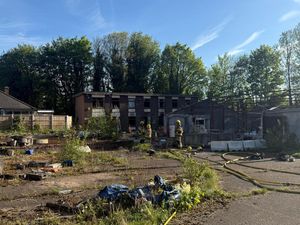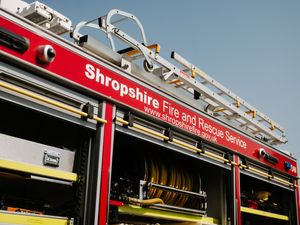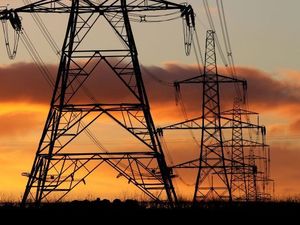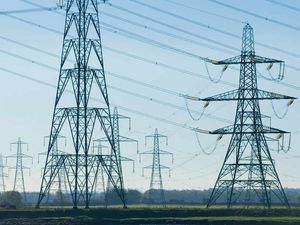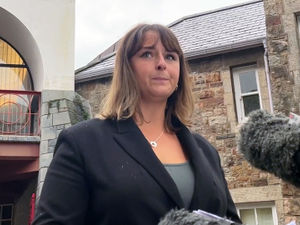New solar farm which could power almost 8,000 homes is given green light
A new solar farm expected to generate enough energy to power almost 8,000 homes in its first year has been given the green light in South Staffordshire.
Watch more of our videos on ShotsTV.com
and on Freeview 262 or Freely 565
The 22.5 MW development, earmarked for 77 acres of farmland south of Four Ashes, near Standeford, was approved by South Staffordshire Council’s planning committee last year, with construction work due to start soon.
Several plans for renewable energy developments have come forward for sites across the district in recent years. And a number of them have proved controversial, sparking many objections.
But members of the planning committee heard there had been just two objections from neighbours submitted in response to the application, as well as one letter of support. And it said that in this case the site would maintain some agricultural use.
Brewood and Coven Parish Council objected to the proposal, highlighting the use of agricultural land in the Green Belt for the development.
But Jack Halstead, development manager at Renewable Connections, told the meeting: “I would like to highlight the agricultural use of the site will be retained for the duration of the project and there will be no loss of agricultural land.
"The temporary solar development will not make the site a brownfield site and we acknowledge it is in the Green Belt.”
A report to the planning committee, which was held in July, said: “Solar farms are not now an uncommon feature within the Green Belt across the UK.
“In many cases, such development has been allowed within the Green Belt on the basis that it is required within the national and local interest and that it has been deemed necessary in that particular location.
"Overall, national Green Belt policy recognises that the renewable energy benefits of solar development can qualify as a very special circumstance to justify inappropriate development within the Green Belt.
“The site would be retained in its current agricultural use for the life of the proposal, with the majority being planted with a combination of grassland, which would enable existing sheep grazing to continue.
This would include land between and underneath the solar panels.”

